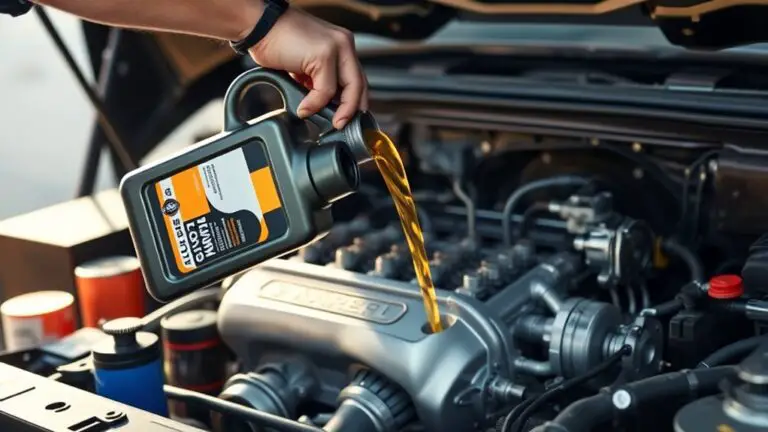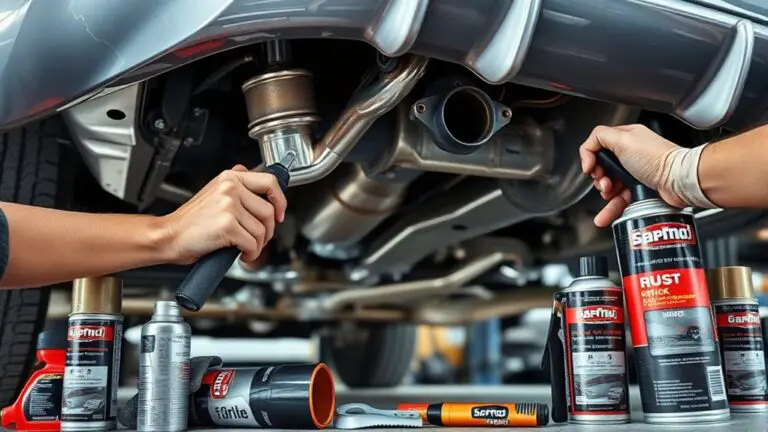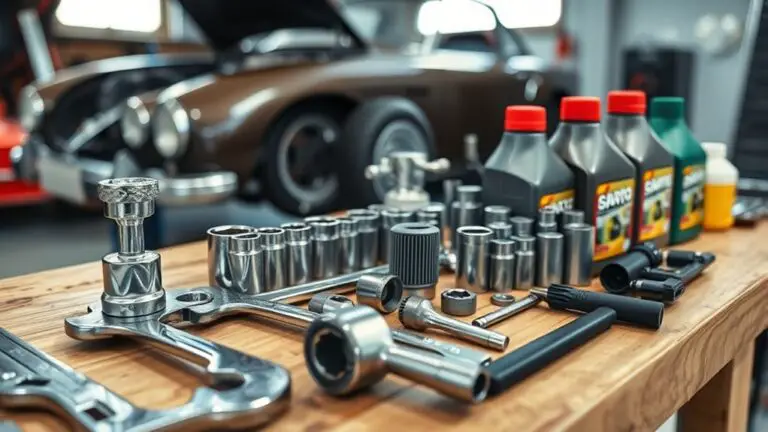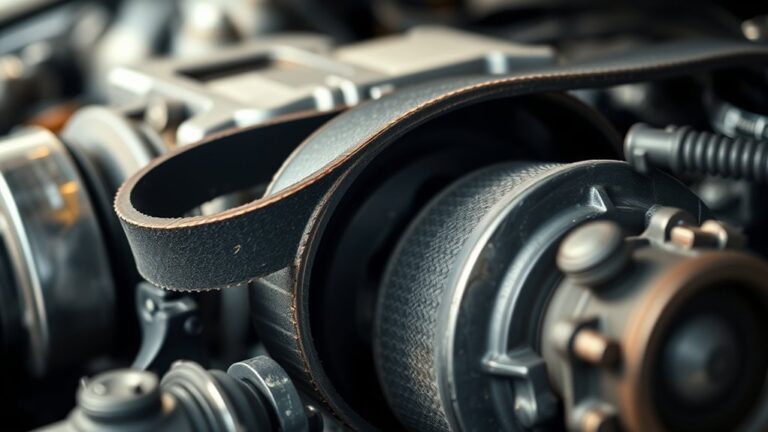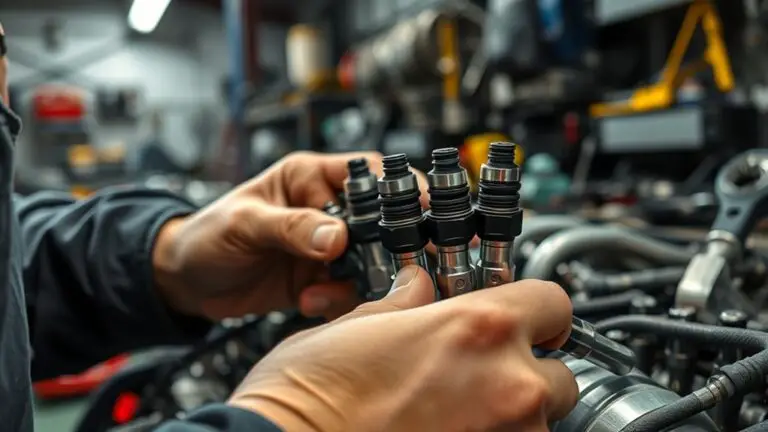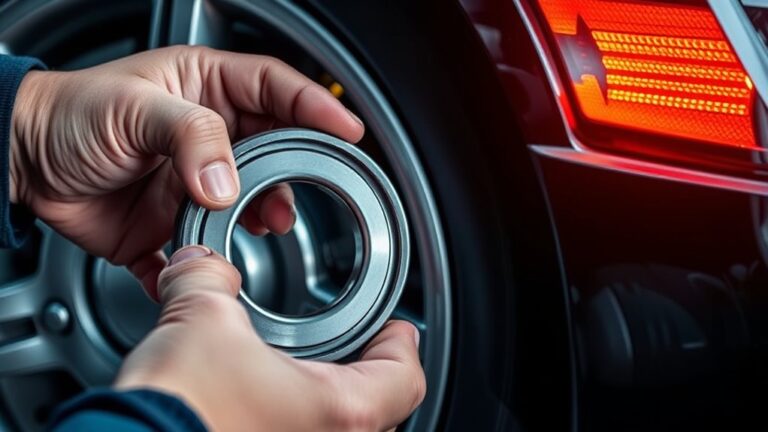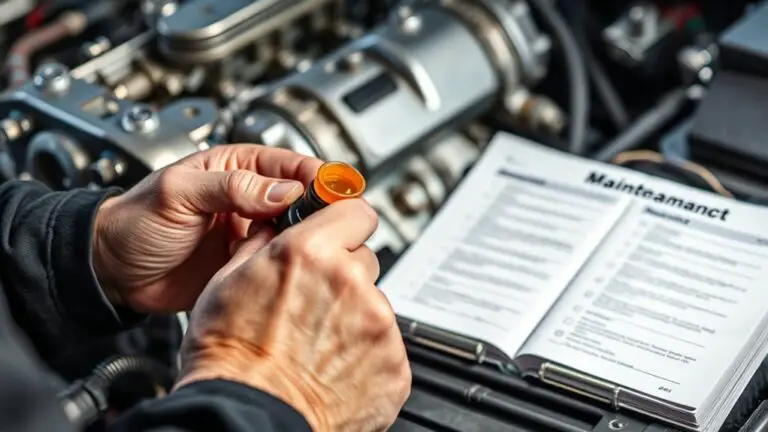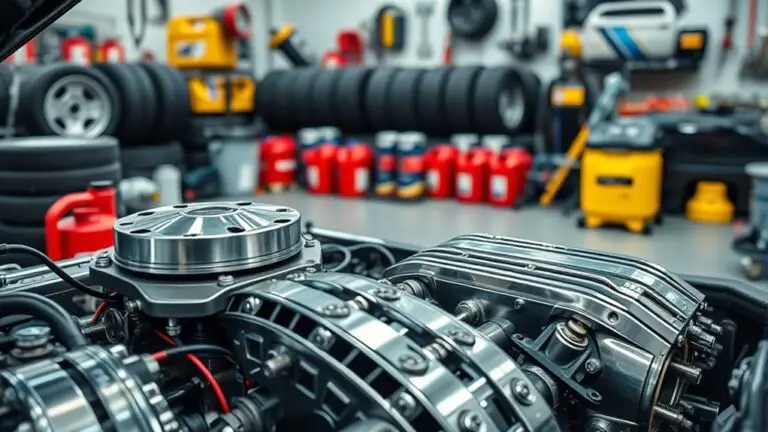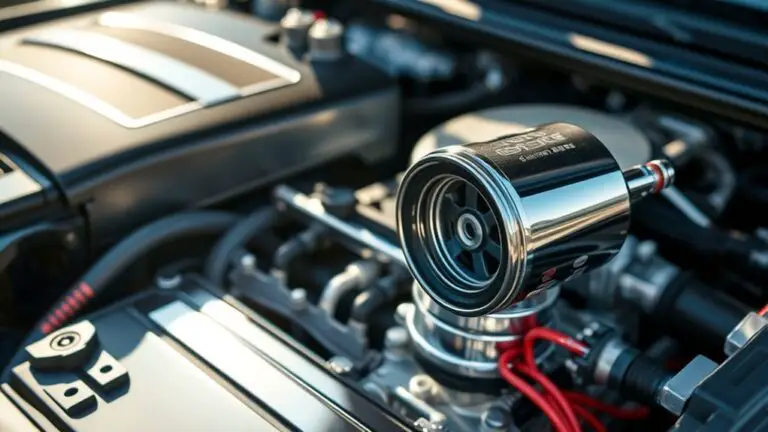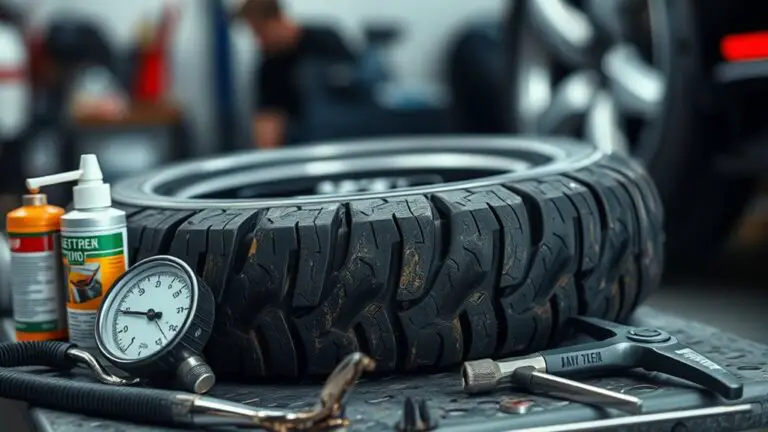How to Choose the Right Engine Oil for Your Diesel
To choose the right diesel oil, start by matching viscosity to your climate and operating temps, then confirm the grade meets API, ACEA, and OEM specs for your engine. Consider an additive package tuned for diesel—detergency, soot control, and oxidation resistance—to support filter life and deposits. Align with engine age and mileage for wear protection…

